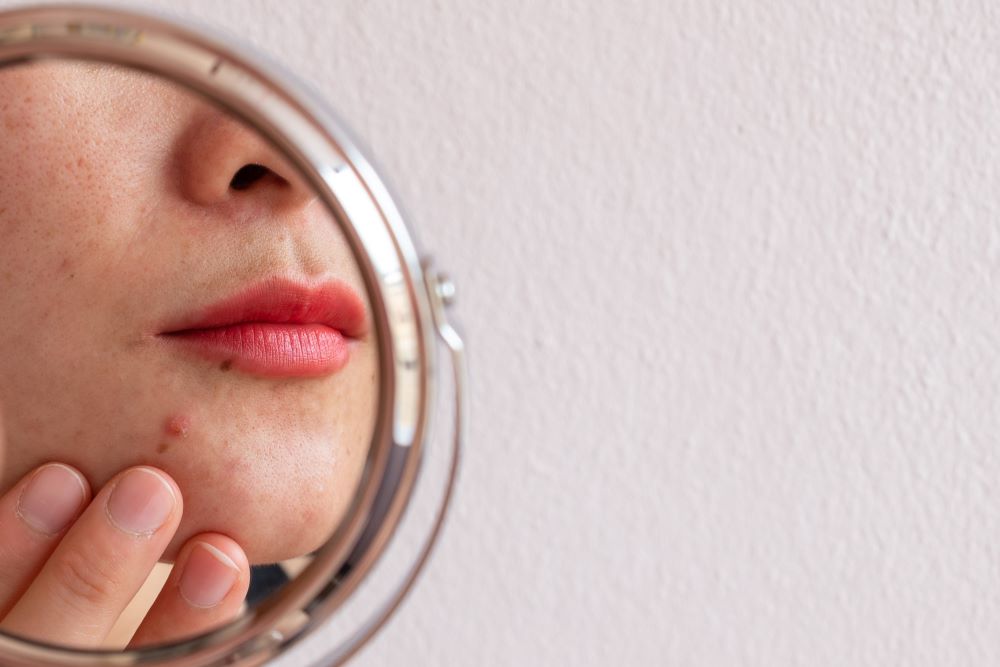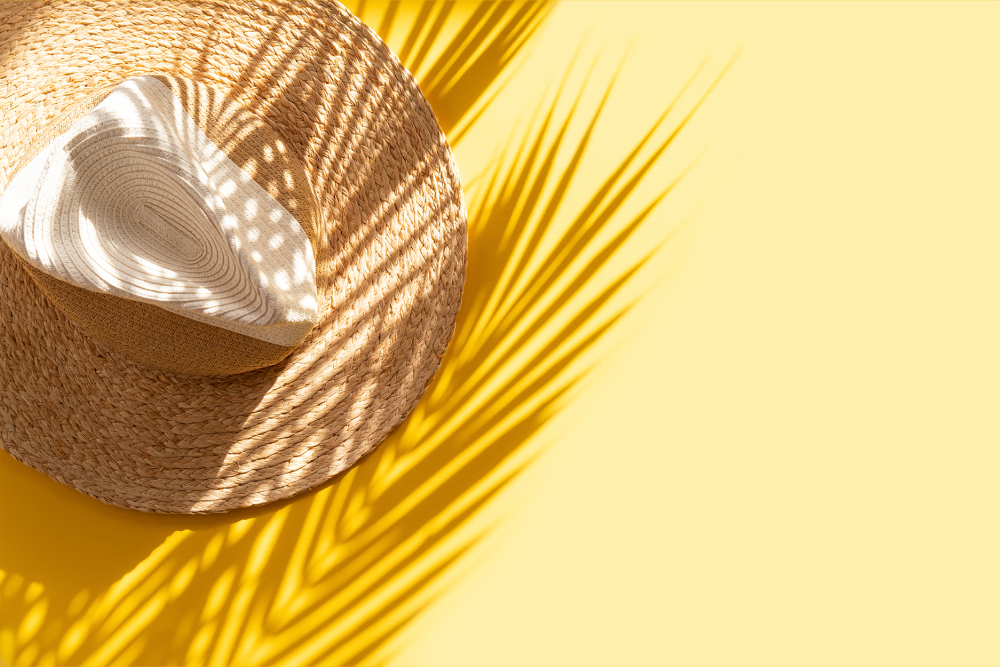Ask A Dermatologist: Sun Protection And Skin Cancer

Link to share article here:
Ask A Dermatologist: Do I Have Fungal Acne?
If you’re in a spot of bother with breakouts that won’t budge you might think you’ve explored every option. You’ve probably done some research on where spots come from. And if you haven’t then spoiler: Not all spots are equal.
The origin of spots can result in how they show up on our skin. Look at any acne face map and it will explain how acne on your chin and jawline is common in teenage years, during your monthly menstrual cycle or during menopause when hormone levels are disrupted. Perhaps spots at your hairline are caused by pore-blocking hair conditioners or around your lips by pore-clogging lip balms. Maybe you’ve started using a retinoid and are dealing with temporary skin purging.
And that’s before we get to the type of spots – from blackheads to whiteheads, papules to cysts. All spots show up differently depending on their cause and how close to the surface of the skin they are. How to identify and deal with fungal acne? Let’s get to business.
What is fungal acne?
Fungal acne (or as dermatologists call it, Malassezia folliculitis) can show up persistently across your face (and body) and looks similar to acne (it’s often misidentified as common acne). Still, it doesn’t respond it standard acne treatments like salicylic acid.
What causes fungal acne?
Bacteria is the cause of most cases of acne, but yeast (together with a suppressed immune response) is the cause here. Malassezia folliculitis can be misdiagnosed as acne but the condition differs from acne because it’s often itchy and doesn’t lead to comedones (flesh-coloured acne papules) as acne does.
Certain groups of ingredients have been linked to the condition and in particular, previous antibiotic use is commonly given to treat acne.
What’s the difference between fungal acne and regular acne?
Fungal acne can itch and be resistant to standard spot treatments, and looks like clusters of small itchy red bumps.
How do I treat fungal acne?
This is where an expert diagnosis can help you get the right treatment, fast. Your dermatologist may prescribe a topical or oral antifungal medication.
Things you can do to tackle fungal acne in the here and now? Your fungal acne can be exacerbated if you forget to be super stringent about washing your face towels and pillowcases regularly. Try a silver-weave pillowcase that naturally repels blemish-causing bacteria.
Take a look at your wrap-around routine products beyond treatment. Avoid heavy, pore-clogging moisturisers and touching your face unnecessarily.
Luckily, fungal acne is quite easy to treat. Correct diagnosis is the first step.
New to Skin + Me? Get your first month of personalised skincare for £4.99 with promo code DOSE – complete our quick consultation here.
Looking for a routine refresh? Add the Dream Routine to your Skin + Me subscription.
In need of a restock? Head to The Skincare Shop for one-off purchases of your Routine Essentials.



